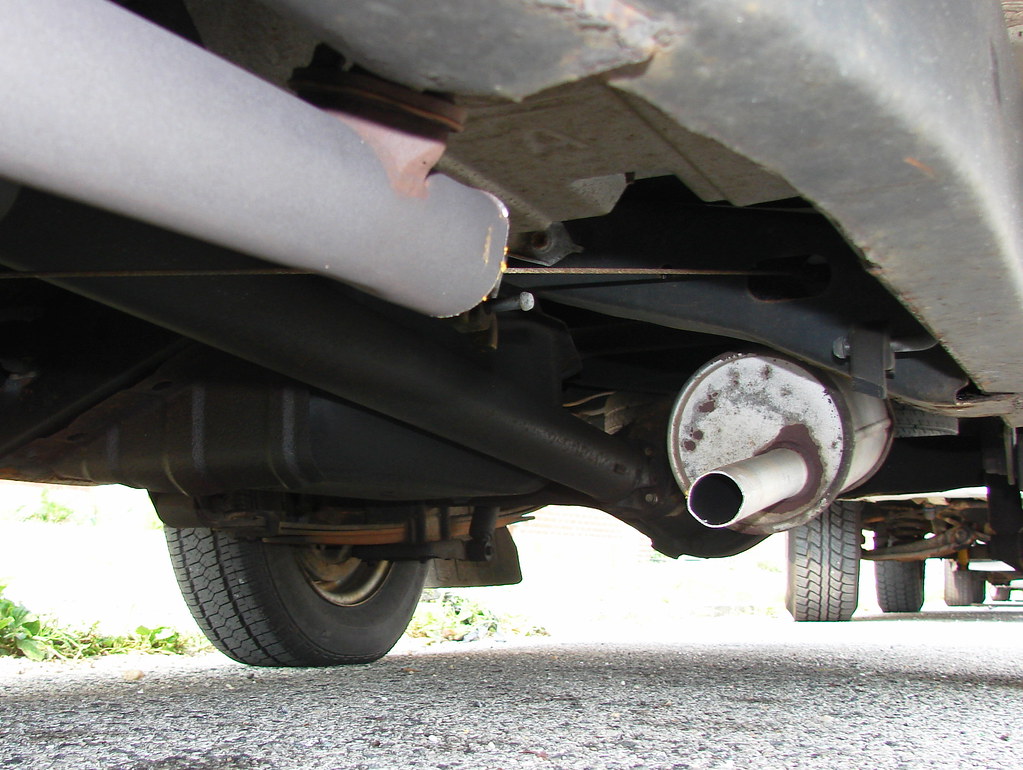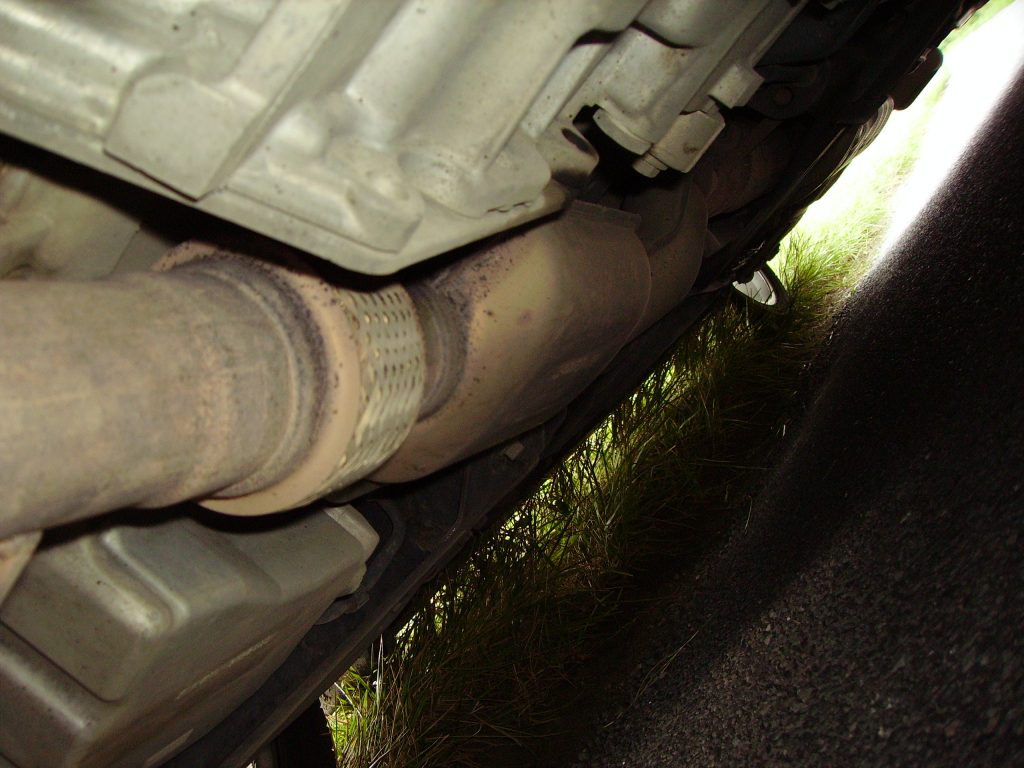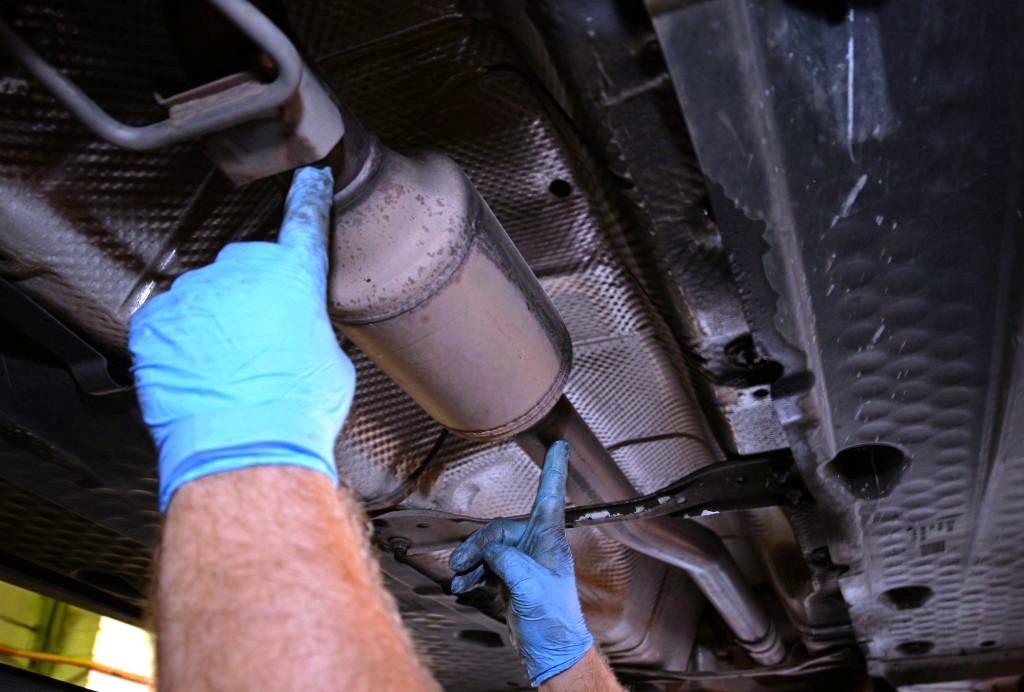It’s a dangerous gamble to decide to remove the catalytic converter from your car. If your car’s performance is raised, poor handling could lead to an injection system failure soon after, which would render it illegal owing to high harmful gas emissions. Due to these risks, conversion of specific car models is prohibited.
What is the Catalyst Converter?
The catalytic converter is part of the vehicle’s exhaust system. Placed as close to the engine as possible to be efficient (it only works at very high temperatures), the catalytic converter is an ally for the environment as well as for the engine’s injections. Its function is to transform unburned harmful gases into a non-polluting substance.
Catalyst Converter: Role and Operation

When it reaches a temperature of around 400 °C, a catalytic process occurs and reduces the most harmful components of the exhaust gases, including nitrogen oxide, carbon monoxide, and unburned hydrocarbons. Good to know: The lifespan of exhaust catalysts is between 100,000 and 150,000 kilometres. Depending on how they are used, they eventually degrade from their initial state. In order to heat up more quickly, it is frequently put directly on the engine in newer versions of vehicles.
Depending on whether the vehicle is a gasoline or diesel, there are two different types of exhaust catalysts: the three-way catalytic converter, only found in gasoline-powered cars. When it reaches temperature, it triggers three simultaneous chemical processes that produce carbon dioxin and water from unburned hydrocarbons, nitrogen oxide, and carbon monoxide. For diesel automobiles, a two-way catalytic converter is intended. It produces two chemical reactions when it reaches temperature that turn carbon monoxide and unburned hydrocarbons into carbon dioxin and water.
The Usefulness of Catalyst Removal

Despite the fact that this crucial component of pollution control must be used, some people are tempted to remove the catalyst because of the following benefits: – The catalyst induces the gases to flow via a tiny channel in the form of a honeycomb. Thus, the engine that was released had more power. – The noise is distinctive, and for auto lovers, the music takes on an alluring quality. It makes a beastly noise! – Depending on the model, fuel consumption is lower.
Steps to Remove the Catalytic Converter
A step-by-step process for getting rid of your catalyst is as follows: – Your first action should be to make sure you park your car in a secure area. – Jack up your vehicle, let the exhaust cool, and put on your safety glasses. – After establishing the necessary safety measures, find the catalytic converter and use an anti-seize agent to facilitate disassembly. – Take off the screws holding the catalyst to the manifold and the centre muffler, and the part should now be in your hands.
– You must take off the internal lambda sensor. It controls the amount of fuel to be injected in accordance with the emissions present in the exhaust system, making it a crucial component. You run the danger of your injectors failing without it. Please take note that custom-made tubes are typically utilized in place of catalytic converters. The renowned tube must first be inserted before setting the manifold gasket. Replace the heat shields after tightening the screws. Put the new collar on the probe.
What the Law Says about the Removal of the Catalyst

Catalytic converters have been required for gasoline automobiles since January 1993. Since then, all vehicles leaving the factory must adhere to regulations. They weren’t made necessary for diesel engines until 1997. The lone exemption is that any automobiles put on the road before January 1, 1994, must have their catalytic converters replaced with tubes.
It’s good to know that the CO-CO2 rate must be less than or equal to 0.5 in order to pass technical inspection. Additionally, if the police conduct a check and they find that you are not in compliance with the rules, you will be fined.
Please take note that diesel-powered vehicles must pass a stronger anti-pollution test as part of the roadworthiness inspection. In this test, the quantity of particles released from the exhaust pipe is compared to the manufacturer’s recommended quantity. A counter-check is performed on the vehicle if the approval values are exceeded.
Do not take any risk!
This manipulation is still feasible and straightforward for people with skilled hands, but it is strongly not recommended. In fact, all it takes is one incorrect modification for your car to stop meeting the requirements. It is preferable to entrust your car to a specialist who can ensure that it adheres to the regulations regarding dangerous gas emissions.
Cost of Removing the Catalytic Converter
In some models, the option to remove the catalyst is still available as long as the catalyst is changed out for a pollution control system. To accomplish this, you can consult a specialist who will replace the components and, if required, reprogramme the injection system. The cost of such a procedure ranges from $300 to $600, depending on the new item that is installed. I hope this post is helpful to you as you decide what to do with your catalytic converter. Keep in mind: it is not worth the danger!


